Konstantin Diener
Product discovery techniques developers should know
#1about 3 minutes
Shifting from building the product right to building the right product
Product discovery focuses on deciding what to build, moving beyond the agile focus of simply building software efficiently.
#2about 4 minutes
Why most new product ideas ultimately fail
A high percentage of well-intentioned product ideas fail to create a positive impact, with some even worsening the customer experience.
#3about 5 minutes
Navigating the four primary risks in product development
Successful products must mitigate value, usability, feasibility, and business viability risks to avoid building something customers don't want or can't use.
#4about 1 minute
Using the problem-solution pyramid to find product-market fit
Dan Olson's pyramid model illustrates how to achieve product-market fit by systematically connecting a target customer's needs to a specific feature set.
#5about 2 minutes
Why developers are crucial partners in product discovery
Engineers provide essential technical perspective and contribute more than just code, making them vital partners in the discovery process.
#6about 2 minutes
Defining a focused target audience with personas
Personas help teams avoid building for everyone by creating a specific, detailed representation of the target user, guiding feature decisions.
#7about 2 minutes
Prioritizing user needs with Maslow's hierarchy
Applying Maslow's hierarchy of needs helps prioritize foundational user requirements, ensuring basic needs are met before adding advanced features.
#8about 2 minutes
Understanding user motivation with the Jobs to be Done framework
The Jobs to be Done (JTBD) framework reframes product value by focusing on the functional and emotional "job" a customer hires a product to do.
#9about 3 minutes
Aligning features with needs using the Value Proposition Canvas
The Value Proposition Canvas is a tool for systematically mapping customer pains and gains to product features that relieve pain and create value.
#10about 2 minutes
Classifying and prioritizing features with the Kano Model
The Kano Model helps prioritize development by categorizing features as baseline, performance, or delighters, focusing on maximizing user satisfaction.
#11about 2 minutes
Embracing product discovery as a continuous practice
Product discovery is not a one-time phase but an ongoing process of forming and testing hypotheses through continuous customer interaction.
Related jobs
Jobs that call for the skills explored in this talk.
Matching moments
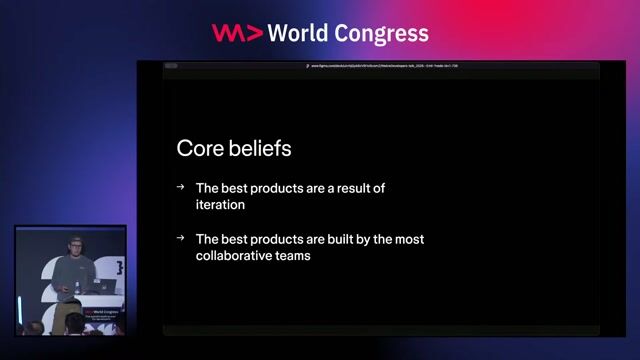
04:04 MIN
The core beliefs behind building great products
Designing the Future of Human<>Agent Collaboration
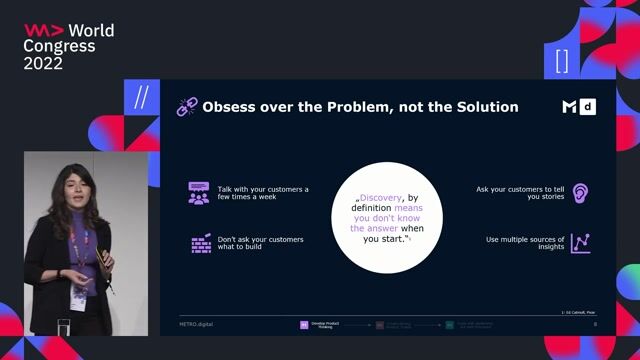
06:07 MIN
Focusing on customer problems instead of solutions
The Art of Becoming a Mature Product Team

07:31 MIN
Validating product ideas with hypotheses and data
The Art of Becoming a Mature Product Team

21:18 MIN
Treating your internal platform as a product
Platform Engineering vs. DevOps Why not both?
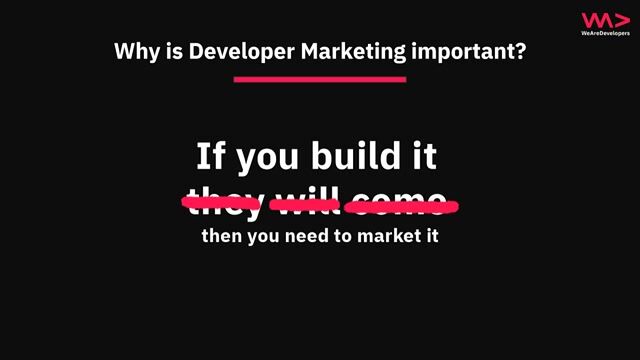
03:58 MIN
Why developer marketing is essential for tech products
Developer Marketing

09:55 MIN
Debunking the myth of not being technical enough
From Gazelle to Pride Leader: The Path to Public Speaking in Tech
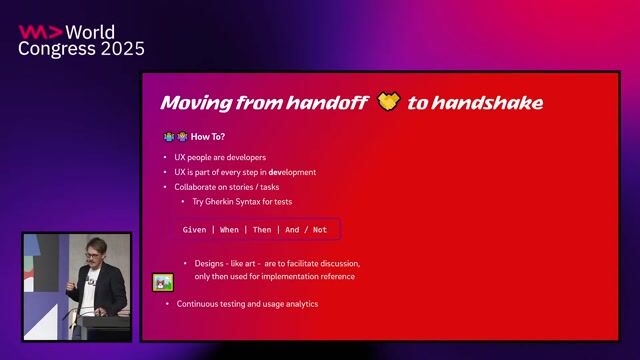
23:58 MIN
Key benefits of a collaborative dev and UX process
UX in the Dev Cycle: Moving from Handoff to Handshake
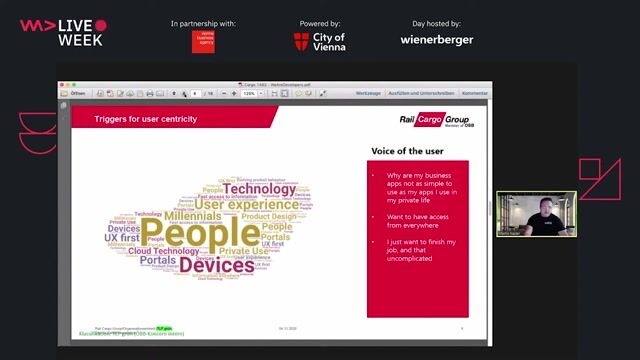
20:14 MIN
Integrating design thinking, agile, and lean UX
The user in the eye of the Cargo1492 storm
Featured Partners
Related Videos
 28:39
28:39The Art of Becoming a Mature Product Team
Maria Daniela Lica
 39:27
39:27Design as an algorithm, not as a feature
Kaya Sohyun Kim
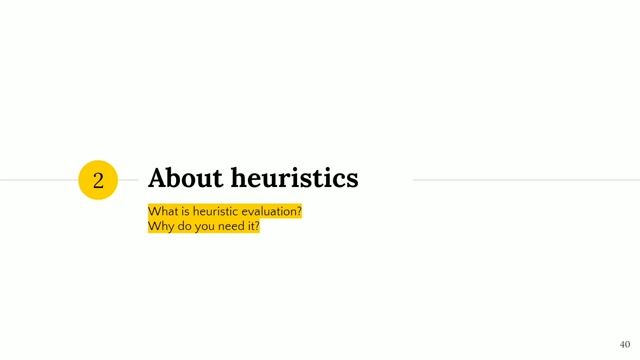 28:39
28:39It’s easy to create a good looking product, but what about a useful one?
Eleftheria Batsou
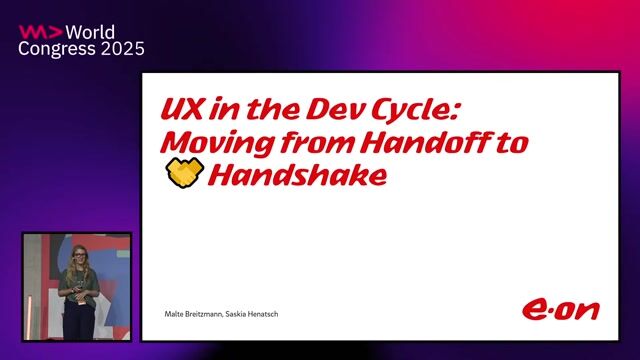 26:13
26:13UX in the Dev Cycle: Moving from Handoff to Handshake
Malte Breitzmann & Saskia Henatsch
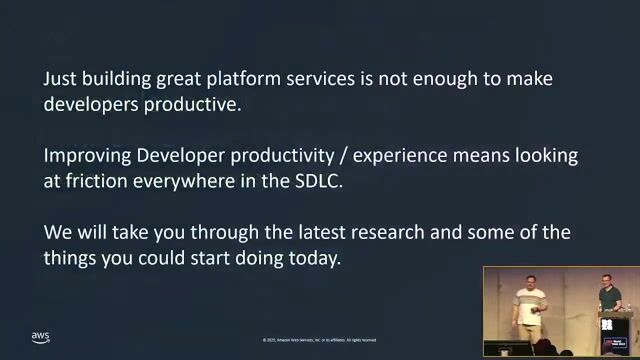 23:03
23:03Forget Developer Platforms, Think Developer Productivity!
Robert Hoffmann
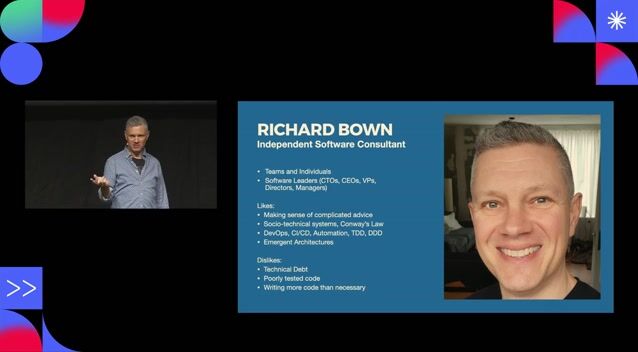 23:44
23:44The QUEST for Better Software
Richard Bown
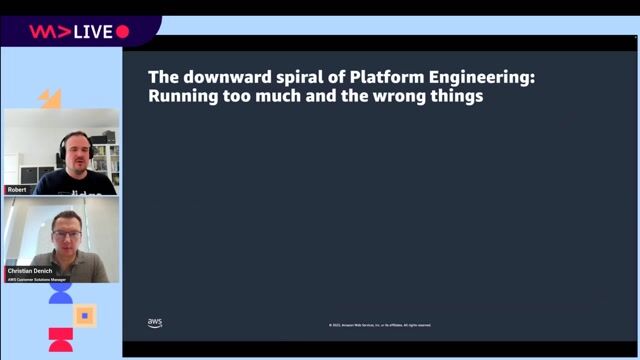 57:45
57:45Forget Developer Platforms, Think Developer Productivity!
Robert Hoffmann & Christian Denich
 24:07
24:07Resistant to hype: How to avoid being deceived by technological trends?
Szymon Chmal
From learning to earning
Jobs that call for the skills explored in this talk.

Founding Product Engineer
fonio GmbH
Vienna, Austria
Remote
€70-100K
Intermediate
Senior
React
Node.js
Next.js
+1

Solution Architect / Product Owner / UX Enthusiast
Atos Information Technology GmbH
Remote
€62K
API
.NET
Azure
+2


Projektorganisation Technische/r Product Owner:in
interactive tools GmbH
Remote
JIRA
Scrum
Agile Methodologies



IT-Projektleiter / Product Owner - Digitalisierung, die wirklich was bewegt
TASKOM GmbH & Co. KG
Microsoft Office

